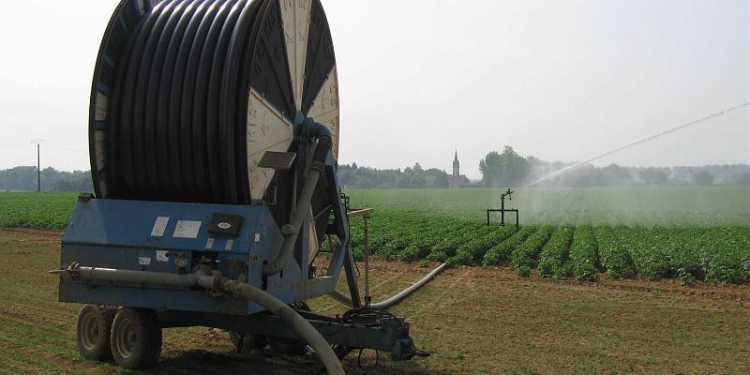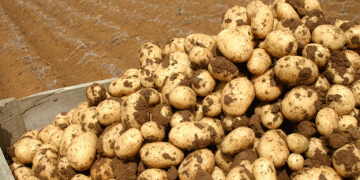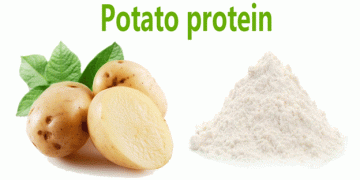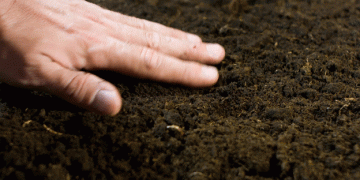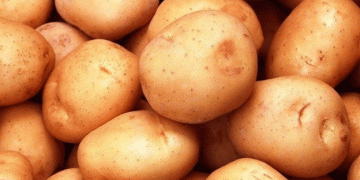The issue of irrigation is becoming relevant in more and more regions due to climate change. Agrarheute explains what you should pay attention to when it comes to technology.

The key to success when it comes to proper irrigate is clearly irrigation management. Efficient and appropriate irrigate can only be guaranteed if all components are taken into account, regardless of whether it is the monitoring of the areas to determine the irrigation requirement, the planning of the irrigation activities or the control of the irrigate.
Irrigation management: what is the most efficient solution?
It started with monitoring the need for irrigation by estimating measured climate variables or by recording soil reserves. However, a theoretically more accurate method for determining the need for irrigation is the combination of hydrological plant site models and satellite images. Sub-area-specific irrigation recommendations can then be derived from this. However, this solution is not trouble-free and still has a lot of potential in terms of image resolution.
Monitoring: drone instead of satellite image
Due to the low flight altitude, drones offer a significantly better resolution than satellite images and can even capture individual plants. The trend is therefore developing in this direction.
Due to the previous monitoring, the irrigate planning can then be carried out on the basis of the designated sub-areas. Depending on the surface structure and water requirements, this is more or less complex. Ultimately, the only question that remains is whether stationary or mobile irrigation is possible. With the stationary variant, partial areas must be able to be watered individually, and with the mobile solution, the height and watering rate must be able to be adjusted while driving.

Increased efficiency through digitization?
By exchanging data between different manufacturers and common data standards, the irrigation period can be planned more precisely and thus optimal irrigate can be carried out. New techniques of image evaluation and data management make this possible if the technology is available in the field to use this information.
Irrigation technology: How modern does it have to be?
Basically, the irrigate technology has hardly changed for a long time: hoses transport the water, controllers control the water flow and the water is applied by means of sprinklers, spray nozzles or drippers.
But thanks to the newly available information for site-specific watering, solutions for small-scale variable water application are being developed, such as hydraulic telescopic booms for homogeneous irrigation of irregular sub-areas. A reduction in evaporation losses and prevention of seepage during irrigation will also be innovation-driving goals in the future, since funding programs are planned specifically for such projects.
What to do if the rain doesn’t come?
Water is scarce. This can already be seen in many places in the fields. Clouds of dust rise when sowing the summer crops. How can water be used as efficiently as possible for irrigation? Digitization is also progressing in this area and could revolutionize it in the near future.
The increase in efficiency in water and energy consumption is playing an increasingly important role as a result of climate change and the associated greater need for irrigation while water resources are dwindling at the same time. Since the manufacturers have also recognized this , both mature and tried and tested technologies as well as new developments were presented at the Agritechnica 2022, which was cancelled . Combined, these could revolutionize irrigate.

Agriculture 4.0: what can it really do?
The connection and communication of different machines or systems is referred to as agriculture or Farming 4.0. In the field of irrigate technology, this means in principle partial or even complete automation. Real-time monitoring via smartphone can also be used to warn of problems at an early stage and even intervene.
